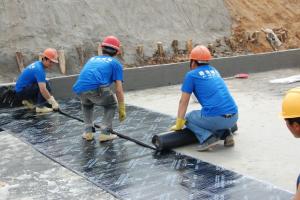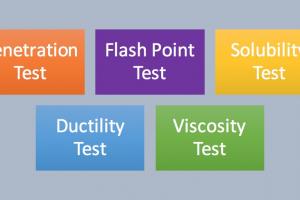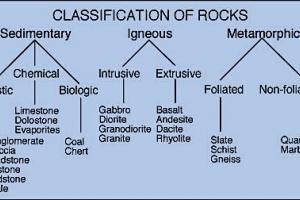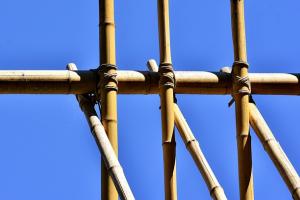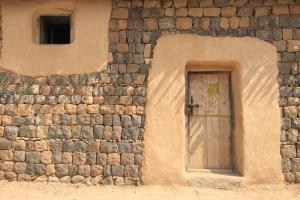Composition of Ordinary Portland Cement

Composition of Ordinary Portland Cement
The chief chemical components of ordinary Portland cement are:
- Calcium
- Silica
- Alumina
- Iron
Calcium is usually derived from limestone, marl or chalk while silica, alumina and iron come from the sands, clays & iron ores. Other raw materials may include shale, shells and industrial byproducts.
Portland cement is a key ingredient in the construction industry, and it is used to make concrete, mortar, and other building materials. Ordinary Portland Cement (OPC) is the most commonly used type of Portland cement, and it is composed of several key ingredients. In this article, we will discuss the composition of OPC and its properties.
Composition of Ordinary Portland Cement:
Basic Composition of OPC:
|
Contents
|
%
|
|
CaO
|
60-67
|
|
SiO2
|
17-25
|
|
Al2O3
|
3-8
|
|
Fe2O3
|
0.5-6.0
|
|
MgO
|
0.5-4.0
|
|
Alkalis
|
0.3-1.2
|
|
SO3
|
2.0-3.5
|
The chief compound which usually form in process of mixing:
- 1-triclcium silicate (3CaO.SiO2)
- 2-Dicalcium silicate (2CaO.SiO2)
- 3-tricalcium aluminates (3CaO.Al2O3)
- 4-tetracalcium aluminoferrite (4CaO.Al2O3.Fe2O3)
-
Calcium oxide (CaO): This is one of the main ingredients in OPC and typically makes up around 60-67% of its composition. Calcium oxide is derived from limestone or chalk, which are both calcium carbonate minerals.
-
Silica (SiO2): Silica is the second most abundant component in OPC, accounting for around 17-25% of its composition. It is typically sourced from clay or sand.
-
Aluminum oxide (Al2O3): This is another important ingredient in OPC, comprising around 3-8% of its composition. Aluminum oxide is obtained from clay or shale.
-
Iron oxide (Fe2O3): Iron oxide makes up around 0.5-6% of OPC's composition and is sourced from iron ore.
-
Gypsum (CaSO4.2H2O): Gypsum is added to OPC during the manufacturing process to control its setting time. It typically makes up around 2-5% of OPC's composition.
The exact composition of OPC can vary depending on the specific manufacturing process and the raw materials used. However, these five key ingredients are generally present in most types of OPC.
Properties of Ordinary Portland Cement:
OPC has several important properties that make it an ideal construction material. Some of the key properties of OPC include:
-
High compressive strength: OPC is known for its high compressive strength, which makes it ideal for use in construction applications that require a strong and durable material.
-
Good workability: OPC has good workability, which means that it can be easily shaped and molded into various forms and structures.
-
Versatility: OPC can be used to make a wide variety of construction materials, including concrete, mortar, and stucco.
-
Durability: OPC is highly durable and can withstand a wide range of environmental conditions, including exposure to water, fire, and extreme temperatures.
In conclusion, OPC is a key ingredient in the construction industry and is composed of several key ingredients, including calcium oxide, silica, aluminum oxide, iron oxide, and gypsum. OPC has several important properties that make it an ideal construction material, including high compressive strength, good workability, versatility, and durability



